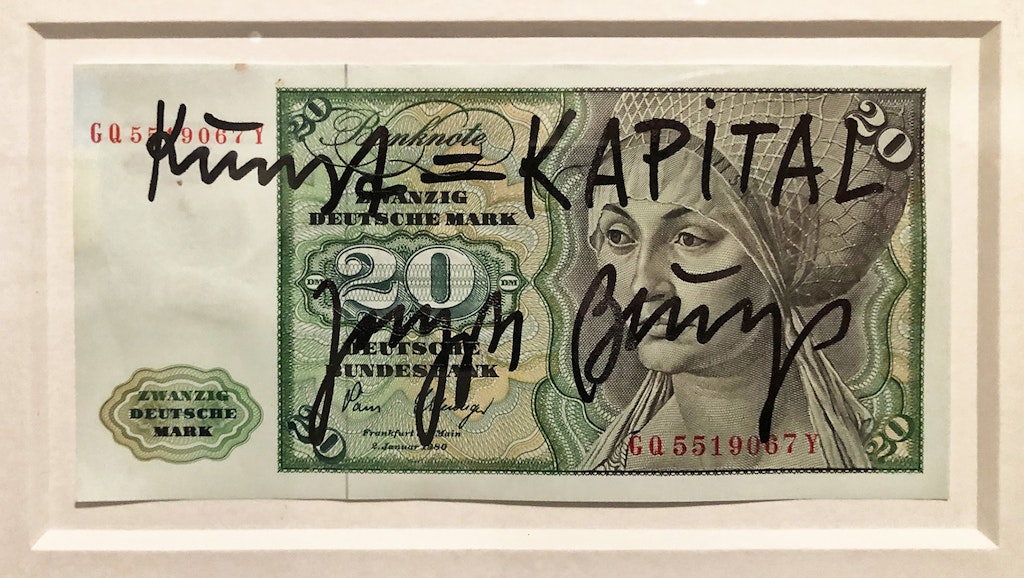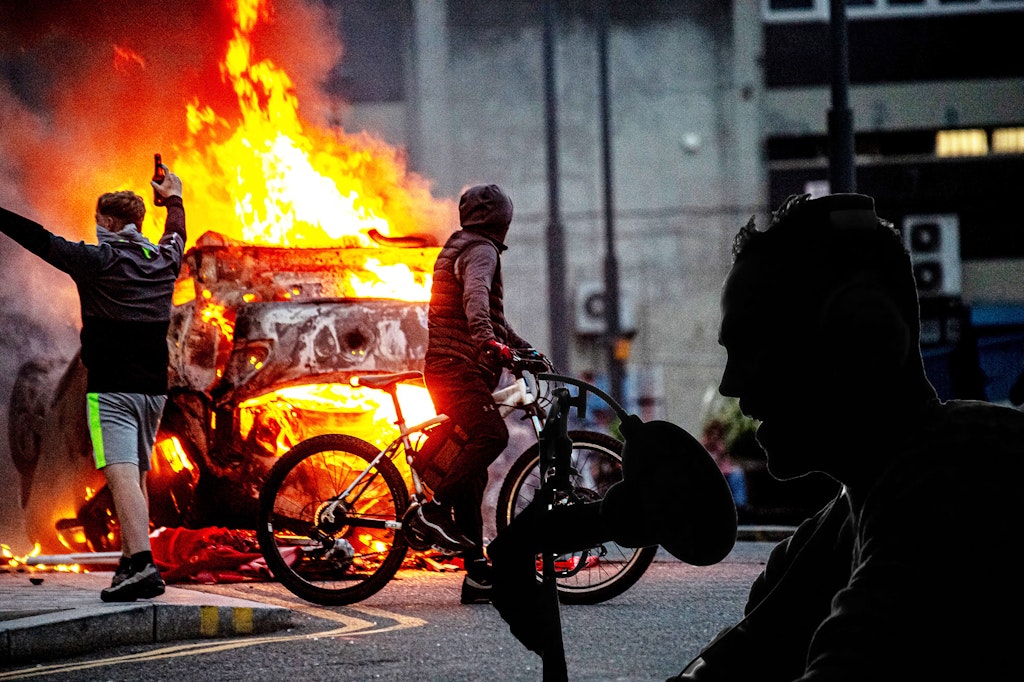A pair of Czech masterpieces
Two modern Czech movies offer bleak portrayals of human nature
This article is taken from the November issue of The Critic. To get the full magazine why not subscribe? Right now we’re offering three issue for just £5.
Two extraordinary Czech epics, set during World War II and its aftermath, have been released in the last year or so. The Painted Bird received its premiere at the 2019 Venice Film Festival and was about to be released in the UK at the end of March when lockdown intervened. It finally reached a small number of cinema screens in September, and is now available to watch on the BFI Player.
Both offer bleak portrayals of human nature at the same time as imagery of intense, often lyrical beauty
Shadow Country received its premiere at this year’s London Film Festival and will presumably receive a release in due course, probably through the BFI. Both are highly recommended.
The directors of these two films, Václav Marhoul and Bohdan Sláma, were born in 1960 and 1967 respectively, and like several of the Czech New Wave directors who came to the fore in the 1960s, they studied at the Film and Television Faculty of the Academy of Performing Arts in Prague.
Few Czech directors have previously addressed the dark period in the nation’s history from the late 1930s to the early 1950s. In Karel Kachyna’s Long Live the Republic! (1965), set in a Moravian village in 1945, we see the last days of the German occupation and the early days of Soviet liberation through the eyes of a 12-year-old boy named Oldrich Vareka, (Zdenek Lstiburek), who witnesses the brutality of both sides and finds himself retreating into fantasy, which perhaps explains why the film, with a hint of irony in its title, did not find favour with either the Czech authorities or contemporary audiences. The DVD of this masterpiece is available through lovingtheclassics.com.
And in Vlácil’s Adelheid (1970), a Czech army officer put in charge of a manor house that belonged to a Nazi war criminal falls in love with the Nazi’s daughter, who is forced to work there as his maid. The conciliatory tone of the film did not go down well and it only received a limited release, although it too is now regarded as a masterpiece. It is available from Second Run DVD through Amazon.
Kachyna and Vlácil, both of whom were born in 1924, were ahead of their time in dramatising the moral somersaults that accompanied liberation.
Vaclav Marhoul had wanted to make a movie of The Painted Bird, the 1965 novel by Polish writer Jerzy Kosinski, ever since he read it while working on Tobruk (2008), his WWII film about Czech soldiers in North Africa. He wrote the screenplay and produced the film as well as directing it. Being his own producer, he allowed himself the luxury of shooting it in chronological order.
The novel is set in an indeterminate region that is presumably Byelorussia. Marhoul cast several international actors, including Stellan Skarsgård, Harvey Keitel, Udo Kier, Julian Sands and Barry Pepper, but perhaps the most charged casting choice, and undoubted act of homage, was that of Aleksey Kravchenko, the child star of Elem Klimov’s Come and See (1985), about the resistance in Byelorussia, here playing a kindly Soviet army officer.
The Painted Bird’s unnamed and mute hero (played with faultless conviction by Petr Kotlár, who, like Kravchenko in Come and See, is an untrained actor) undergoes a catalogue of horrors, including being buried up to his neck with crows pecking his exposed head, being raped by a male farmer, being thrown in a cesspit, witnessing a massacre of some Jews escaping a German train and another massacre of a village by Cossacks.
He leads one of his tormentors to a grisly death and shoots another. But at the end of his journey he reclaims his humanity when he traces his name (Joska) on the dirty windowpane of a bus.
Shadow Country (2020) is set in the fictional village of Schwarzwald in the Czech-Austrian border region of Vitorazsko, which was under Austrian rule for 600 years until it became part of Czechoslovakia in 1920. Villages in the region contained some ethnic Germans, who nonetheless mostly spoke Czech. After the Anschluss between Germany and Austria, these villages were invited to become part of the Reich and offered subsidies to sweeten the process. It is against this background of shifting allegiances that the villagers are forced to make terrible choices. Almost every character is compromised; almost every character betrays former friends. As one puts it, he has lived in three different countries while remaining in the same house.
One Czech woman is persuaded to claim German citizenship by her husband, who is of German ethnicity. It will eventually cost them both dear. A fashionable young German woman starts wearing Nazi insignia and beds the German army officer who takes charge of the village. Another woman stencil-paints the wallpaper of her tavern with swastikas, while yet another villager parts his hair to the side and grows a Hitler moustache.
When liberation comes, roles are reversed. The son-in-law of the village’s one Jewish family returns from a concentration camp and, although physically weak, is put in charge of district security. That means he must first strip the superior German villagers of their privileges and later, on instructions from a Czech army officer, have their ringleaders executed after a five-minute trial, although he is later demoted for acting extra-legally.
The persecuted become persecutors, as the other ethnic German villagers are expelled to live in a makeshift forest camp, then grudgingly returned to their homes before eventually being resettled elsewhere. Ivan Arsenyev took 14 years to develop his nuanced screenplay and Sláma took several years to bring it to the screen, having secured the backing of Czech Television — it was shot in his home village.
Both these films were shot in black and white and in widescreen format, by cinematographers Diviš Marek and Vladimír Smutný respectively. Both offer bleak portrayals of human nature at the same time as imagery of intense, often lyrical beauty. I urge you to see them and to recognise that Czech cinema still fathers masters of the medium.
Enjoying The Critic online? It's even better in print
Try five issues of Britain’s most civilised magazine for £10
Subscribe














